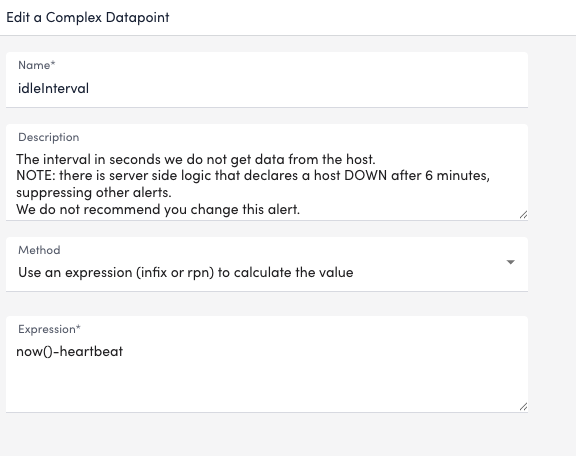Active Discovery Port Method
Last updated - 25 August, 2025
The Active Discovery Port method attempts a TCP connection on a list of ports, and returns the ports that respond as instances, using the port value as both the Wildcard Alias and Wildcard Value.
Active Discovery Port Parameters
| Parameter | Description |
| Port # List | (Required) A list of ports, such as the following:
|
| Connection timeout | The default connection timeout is 10 seconds. The port is returned as an instance only if the TCP connection succeeds before the timeout. You can specify a timeout value (in seconds) to override the default value. |
Example: Memcached Detection with Port Discovery Method
If you run multiple memcached applications on a device, or on different ports on a variety of devices, you can use the “Port” method of Active Discovery to detect and monitor them automatically. The following steps modify a standard DataSource to detect a memcached application on any device that responds on any port from 11211 through 11300:
- In LogicMonitor, navigate to Settings > Modules. Locate or create the datasource for your memcached application. For more information, see Creating a Datasource.
- Under Arguments, select “Port” from the Discovery Method dropdown menu.
- In the Ports List field, enter “11211-11300”.

- Select Save.
If the memcached application is running on ports 11211, 11230, and 11231 of the host, this Active Discovery configuration returns 3 instances that correspond to each of the responding ports.


